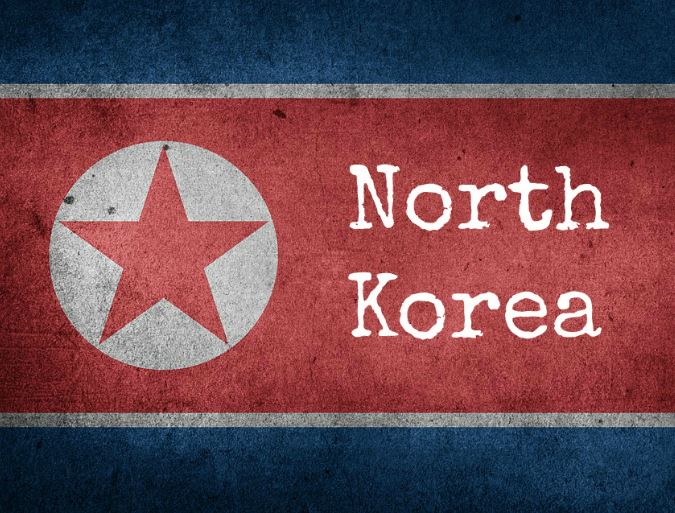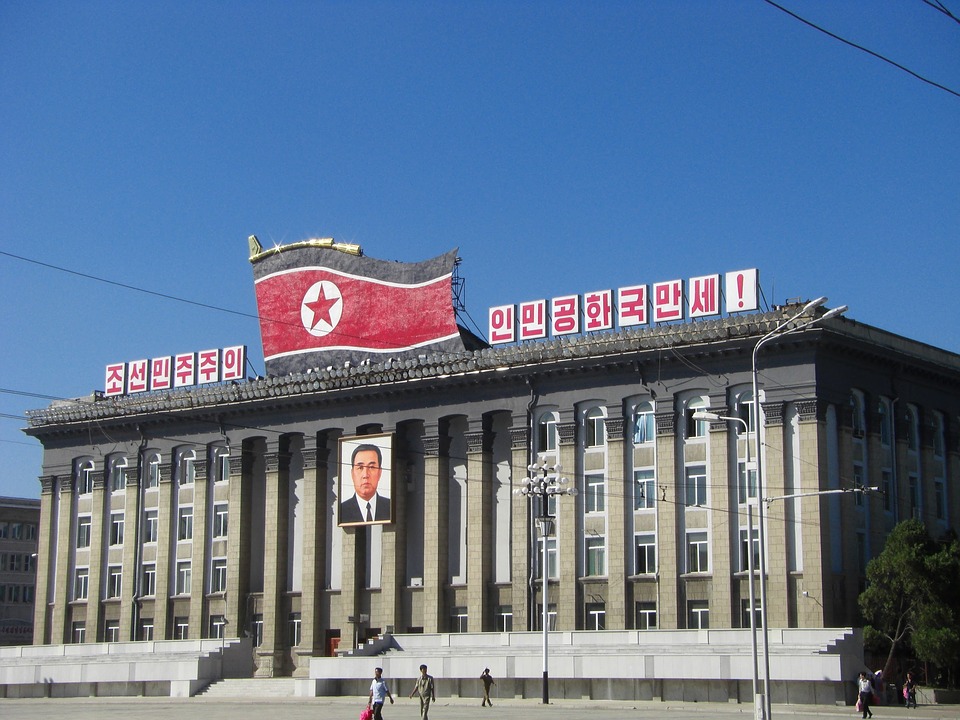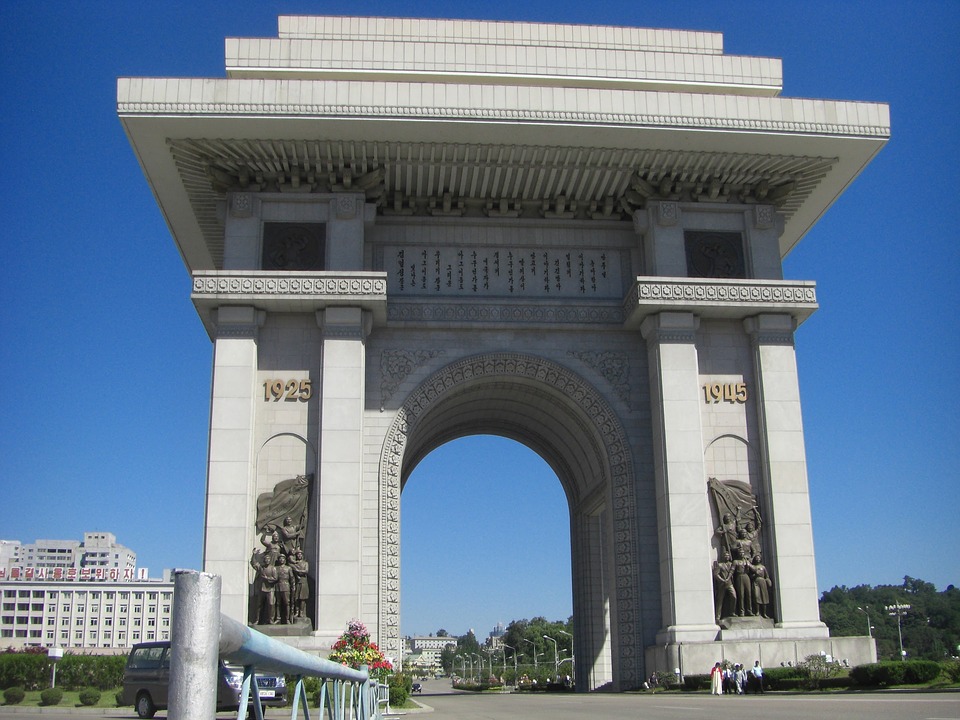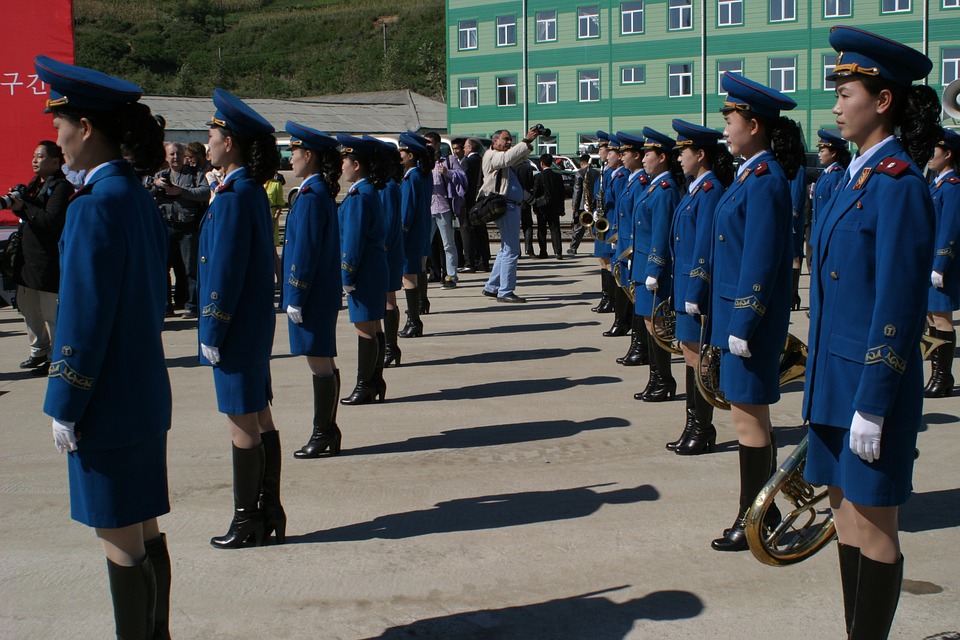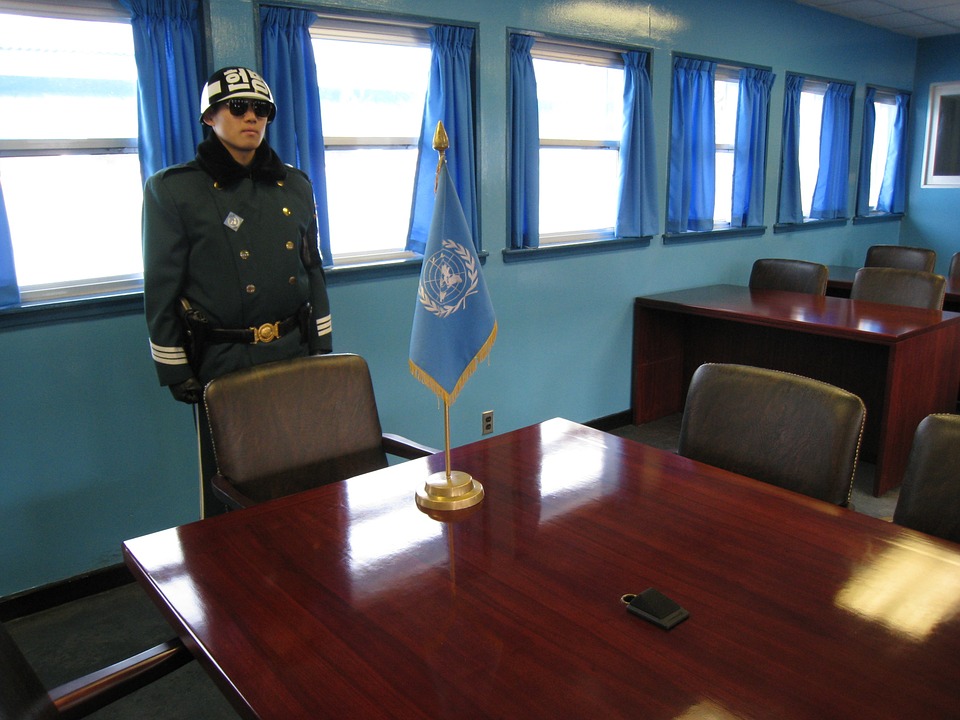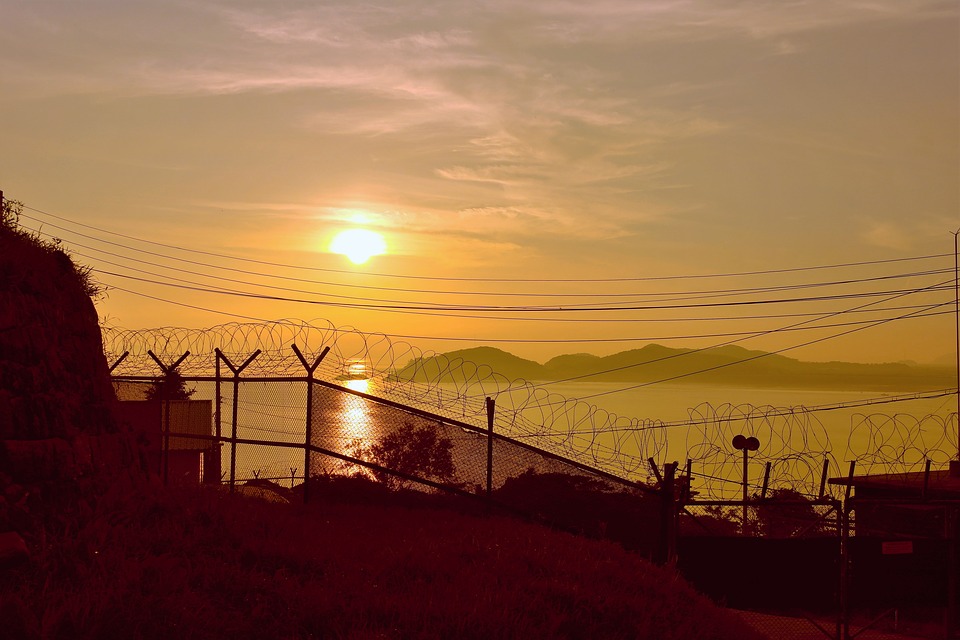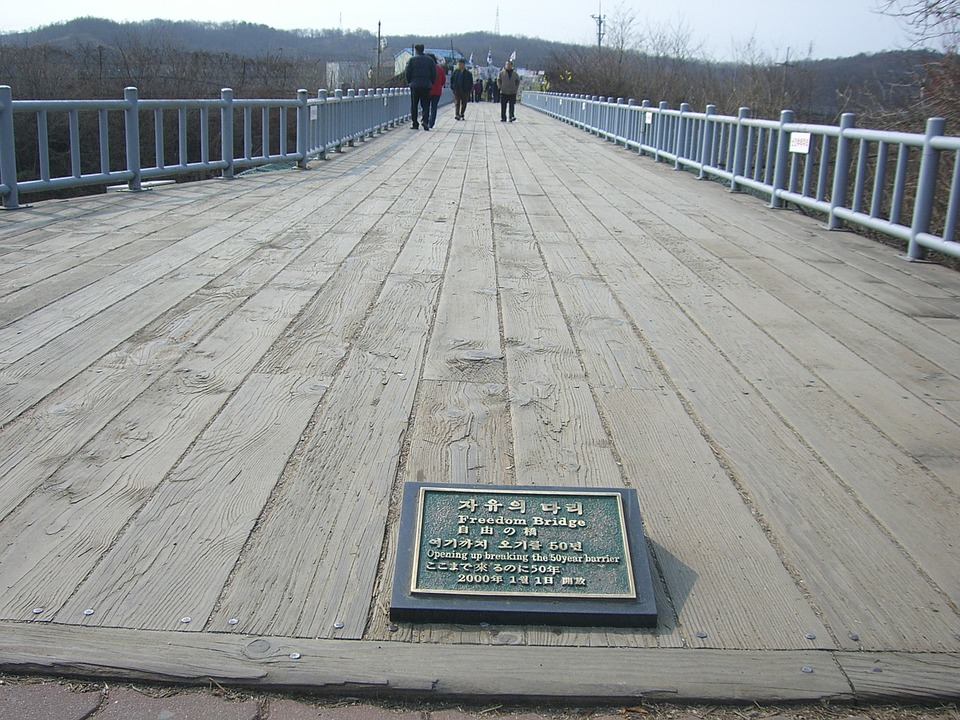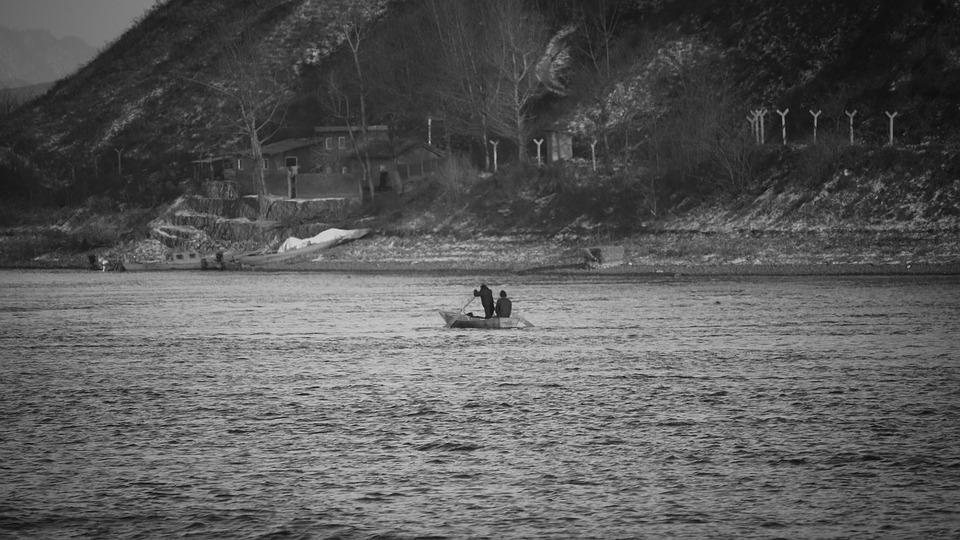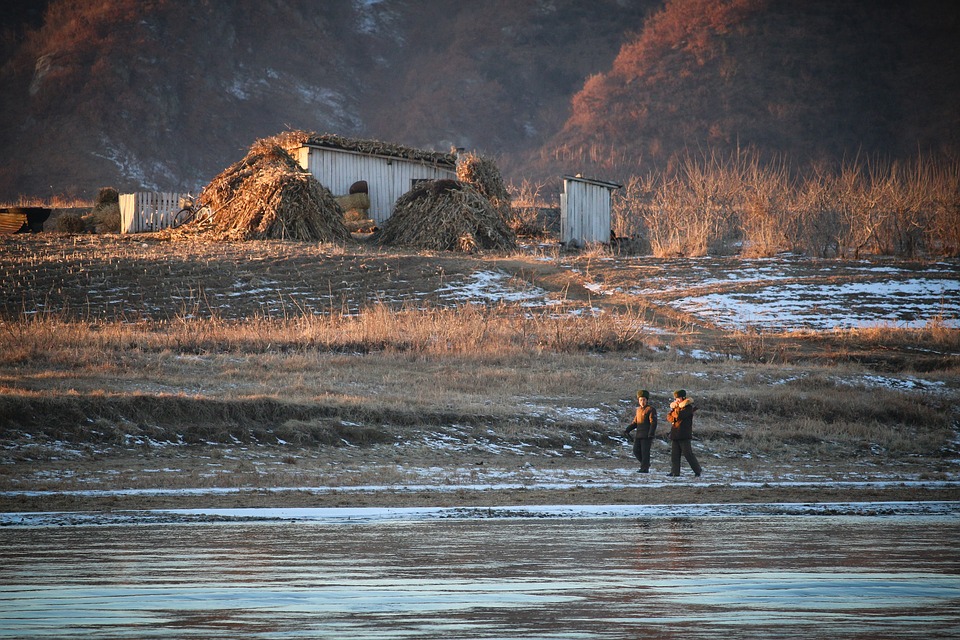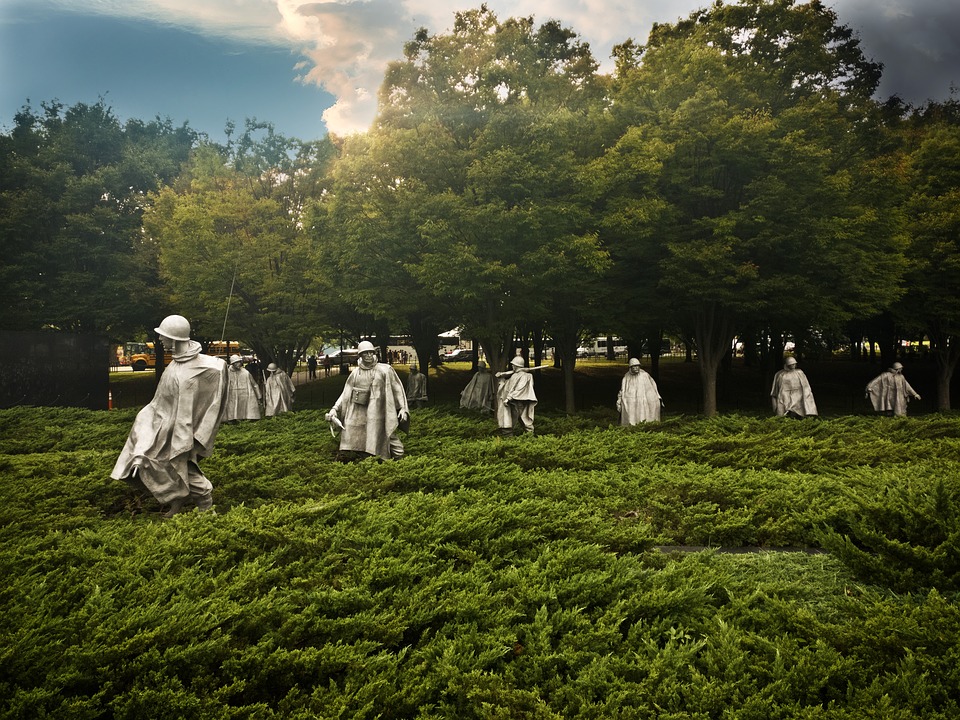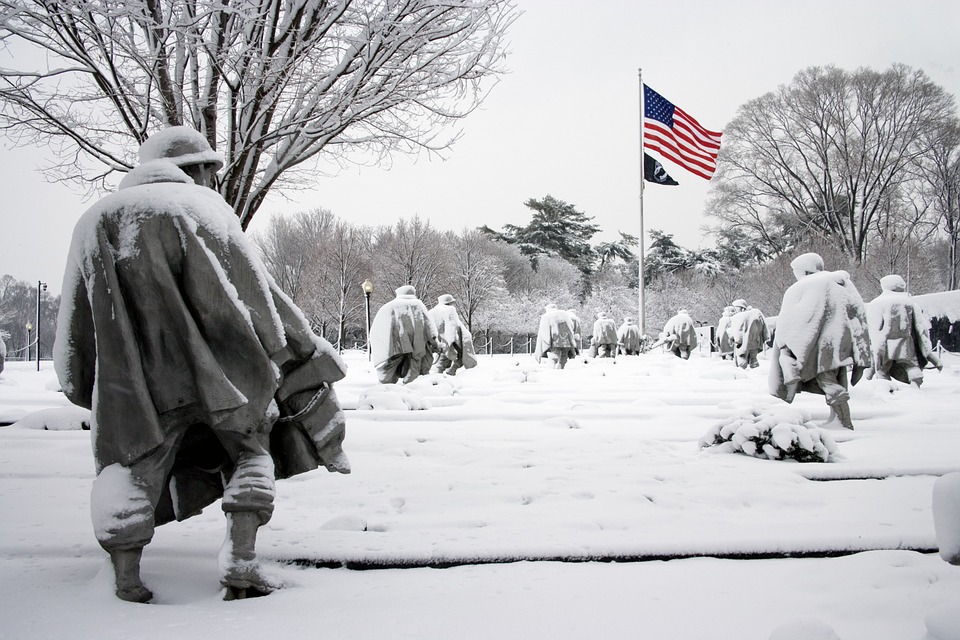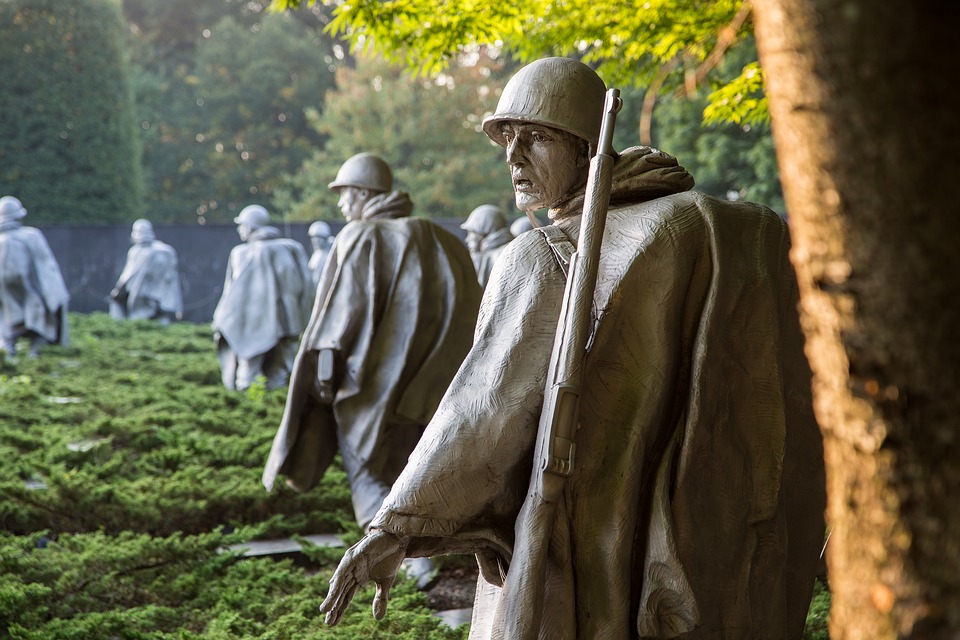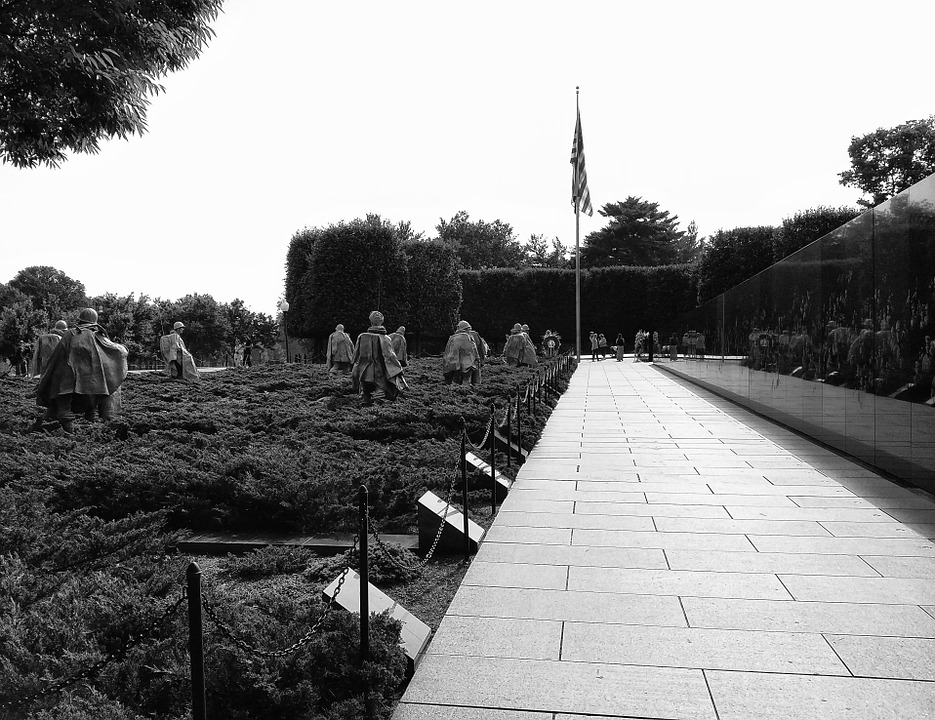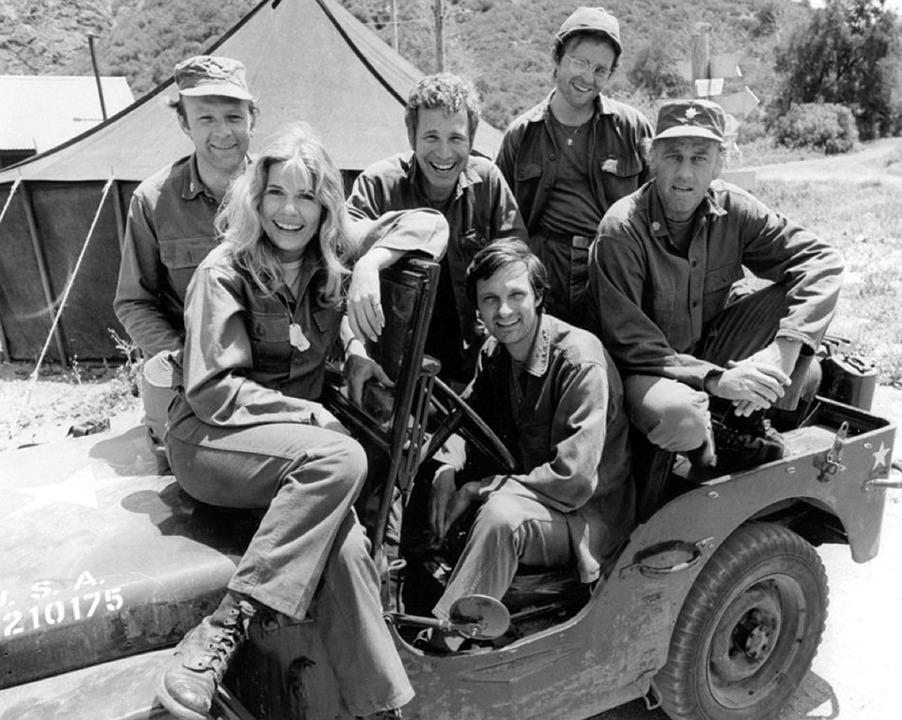North Korea: Just the Facts
The Rundown:
- The official name of North Korea: Democratic People’s Republic of Korea
- It was established in 1948 with the establishment of the 38th parallel at the conclusion of World War II
- The first leader of North Korea was Kim Il-sung (1948-1994). The second leader of North Korea was Kim Jong-Il (1994-2011). The most recent leader is Kim Kong-Un (2011 to present)
- The capital of North Korea is Pyongyang
- North Korea is ranked last on the Economic Freedom index
- North Korea has currently fired off 22 nuclear missiles and 15 since February
- One of the most recent missile testing was an ICBM
- According to the North Korean press, this missile can each anywhere in the world
Behind the 160 mile long and 4 kilometer wide demilitarized zone, North Korea’s leader Kim Jong-Un has dire plans for the United States.
How did we get to this point?
Since the conclusion of World War II, Korea has been full of conflict.
In 1910 the Japanese annexed them during their expansion. After World War II the Japanese had to surrender Korea and it was split into two different zones. The North half was occupied by the Soviet Union and the South was occupied by the Americans.
The rise of communism in North Korea began when the Soviet Union and the United States partitioned Korea on the 38th parallel. Since the official partition in 1948 there were many clashes between the countries leading up to the outbreak of the Korean War in 1950.
Nearly 5 million people died.
More than half of these–about 10 percent of Korea’s prewar population–were civilians. (This rate of civilian casualties was higher than World War II’s and Vietnam’s.)
Almost 40,000 Americans died in action in Korea, and more than 100,000 were wounded.
(“Korean War.” History.com, A&E Television Networks, 2009, www.history.com/topics/korean-war)
The war ended in 1953 and the 38th parallel has been the demilitarized zone ever since.
As a result, North Korea has become a full blown communist state and South Korea has grown into a free-market capital state.
Fast-forward to the present day and North Korea’s dictator Kim Jong-Un and our very own President Trump continue to raise the possibility of a nuclear war. It is still unclear what will happen in the coming weeks as tensions rise between the two states.
North Korea is an entrenched communist state.
Simply looking at a google map at night will tell you that something is not right.
On a nuclear level, the North Koreans have amassed a significant arsenal of nuclear weapons and have not been shy about testing them. One of their most daring tests was launching a missile over Japan.
Their longest range missile, the KN-08, has a range of 11,500 km or about 7,145 miles.
To place in perspective the distance from New York City to Los Angeles is 2,793 miles. From Pyongyang, Kim Jong-Un can launch this missile anywhere in North Korea, Japan, Guam, Alaska, and California.
The development of this missile is another step towards nuclear war. It is vital as we move forward that we understand the policy that the United States has towards North Korea and what the plan is to reign in this type of irrational dictator.
In an interview with David Greene, an interviewer with NPR, the assistant secretary of state for East Asian and Pacific affairs, Susan Thornton said that the “Trump administration has a strategy on North Korea which involves ramping up as much pressure as we can from the international community on Kim Jong-Un to cause him to really change the path he’s on.” (NPR). The “path” being nuclear war.
The interview occurred on September 13, 2017 and earlier that week the United Nations had placed sanctions on North Korea in order to cut off their funding for the nuclear program.
Prior to those sanctions, the North Koreans announced that they had successfully tested a “miniaturized hydrogen bomb.”
The country also threatened to wipe out South Korea with a “fire attack.”
The United States is currently occupied in South Korea, the democratic half of Korea, where it has 28,500 American soldiers stationed throughout.
The stationing of soldiers throughout Korea follows an interventionist type strategy and rightly so.
While South Korea and China continue to send aid to North Korea in order to help with their ongoing food and energy shortages (for civilians),
North Korea continues to be a major threat towards South Korea, the region and the United States ever since the conclusion of the Korean War.
Unlike World War II and Vietnam, the Korean War did not get much media attention in the United States. The most famous representation of the war in popular culture is the television series “M*A*S*H,” which was set in a field hospital in South Korea.
The series ran from 1972 until 1983, and its final episode was the most-watched in television history.
(“Korean War.” History.com, A&E Television Networks, 2009, www.history.com/topics/korean-war)

